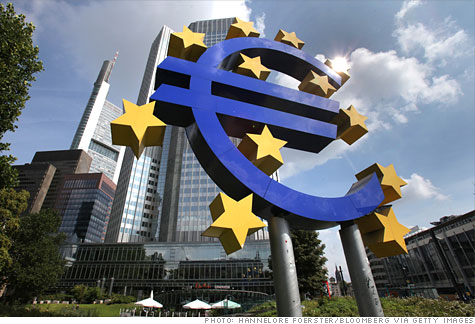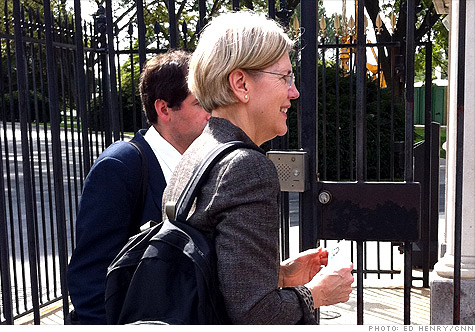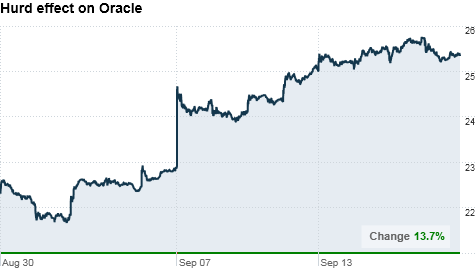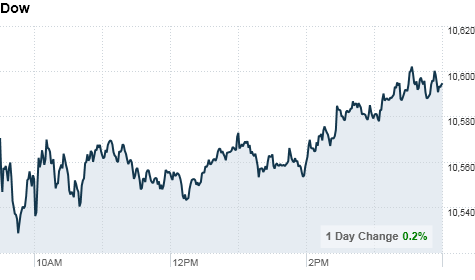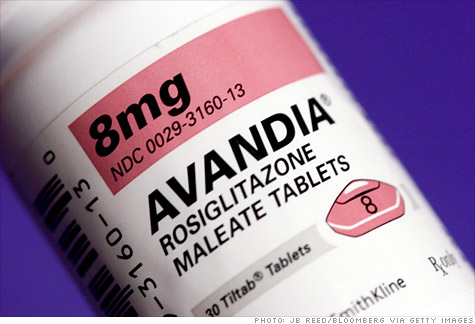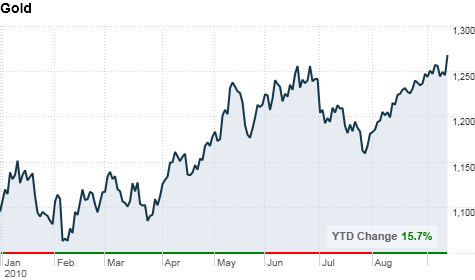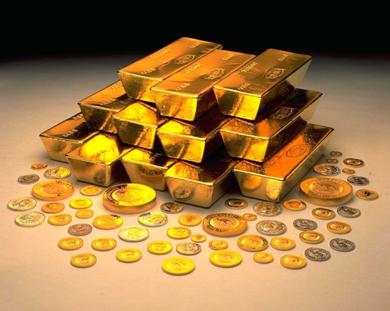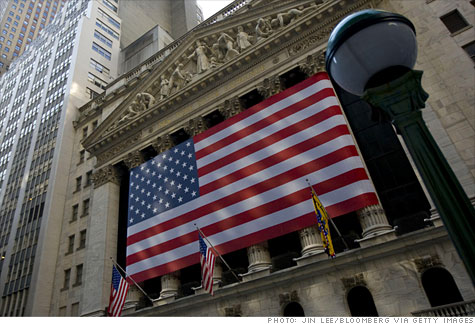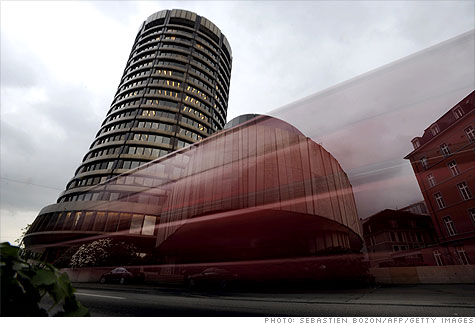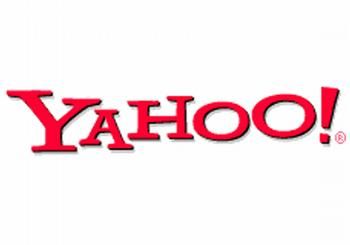
NEW YORK (CNNMoney.com) -- Like soccer and small cars, Nokia is popular everywhere in the world except the United States.
Though that near-global popularity has made the company the clear No. 1 handset maker in the world, the tide has shifted, and Nokia is struggling to keep up with the pace of innovation set by Apple (AAPL, Fortune 500) and a number of Android smartphone manufacturers.
Nokia's market share has slipped to 35% this year, according to IDC. That's down from 48% in 2006, the year before Apple unveiled the iPhone. But Nokia's overall performance is significantly better than its showing here in America. Nokia phones make up just 7.8% of the U.S. handset market, according to comScore, far behind leaders Samsung, LG and Motorola (MOT, Fortune 500).
Nokia's rapidly declining market share and absence of visibility in the United States have led investors to send shares of Nokia (NOK) tumbling 75% since its peak in the fall of 2007.
Those factors combined to create a crisis of confidence at the Finnish company. Days before unveiling its new smartphone lineup, Nokia decided last week to oust its CEO and name a North American replacement: Microsoft's Stephen Elop.
"The appointment of an executive from an American company to the CEO post at Nokia is a good indication of the company's renewed focus on the U.S. market," said Dan Hays, partner at consulting firm PRTM. "One of the core issues for Nokia is the United States."
America is a country that Nokia has historically been unable to play nice with. Unlike wireless providers abroad, carriers here like to exercise some control over the look and feel of the devices running on their networks. Other device manufacturers are willing to collaborate, but Nokia has been unwavering in its insistence on having complete control over both the hardware and software of its phones, Hays said.
Some analysts remain skeptical that much will change, even with the new leadership.
"We always hear from Nokia, 'The U.S. is important to us and we're adjusting our strategy,' but it has never worked," said Ramon Lamas, analyst at IDC. "Hiring Elop doesn't necessarily equate to a renewed North America focus."
Still, the infusion of new blood means just about anything at Nokia is fair game. Struggling in all of its key areas, Nokia needs to take a hard look at each of its strategies and product road maps.
That could mean taking a page from America's playbook and ditching Nokia's own proprietary operating systems, Symbian and MeeGo, for Google's (GOOG, Fortune 500) Android.
Android has a number of advantages, not least of which is the fact that it's free for manufacturers to license. Nokia has devoted tremendous time and resources to improving its Symbian software, and it launched a high-profile partnership with Intel (INTC, Fortune 500) to create a second, separate operating system called MeeGo for high-end phones.
By embracing Google's Android operating system, Nokia could follow in the footsteps of Motorola, which struggled to make a winning device to replace its top-selling RAZR until it ultimately adopted Android for its Droid smartphone.
But analysts think that moving to Android is almost entirely out of the question for Nokia. The yet-to-be-released MeeGo has a growing wave of developer support and momentum behind it, and Symbian remains popular among its users.
Plus, ditching its proprietary software would leave Nokia scrambling to stand out in a crowded field.
"Nokia is the market leader, and as such it cannot do what everyone else does," said Carolina Milanesi, analyst at Gartner. "Nokia has spent too much money and resources to get to where it is today."
For all those resources, the most crucial issue facing Nokia is that its phones just aren't all that great. Nokia is way behind its rivals on innovations like touch screens, thin materials, and design. If Nokia was satisfied with its phone lineup, why would it overshadow the much-hyped N8's unveiling with a management shakeup?
The real lesson Nokia should learn from America, say some in the industry, is that it needs to make its phones high-quality vessels for great applications. That's what ultimately made the iPhone take off, and that's what's fueling the Android surge as well.
"Nokia certainly doesn't need North America to survive or even thrive, as the real growth is being generated in emerging markets where Nokia's brand remains strong," said Andy Castonguay, analyst at Yankee Group. "But if it could harness some of the innovation being generated by U.S. app developers, together with a sharp portfolio of smartphones and a more dynamic OS, Nokia can still turn it around."
Source URL
